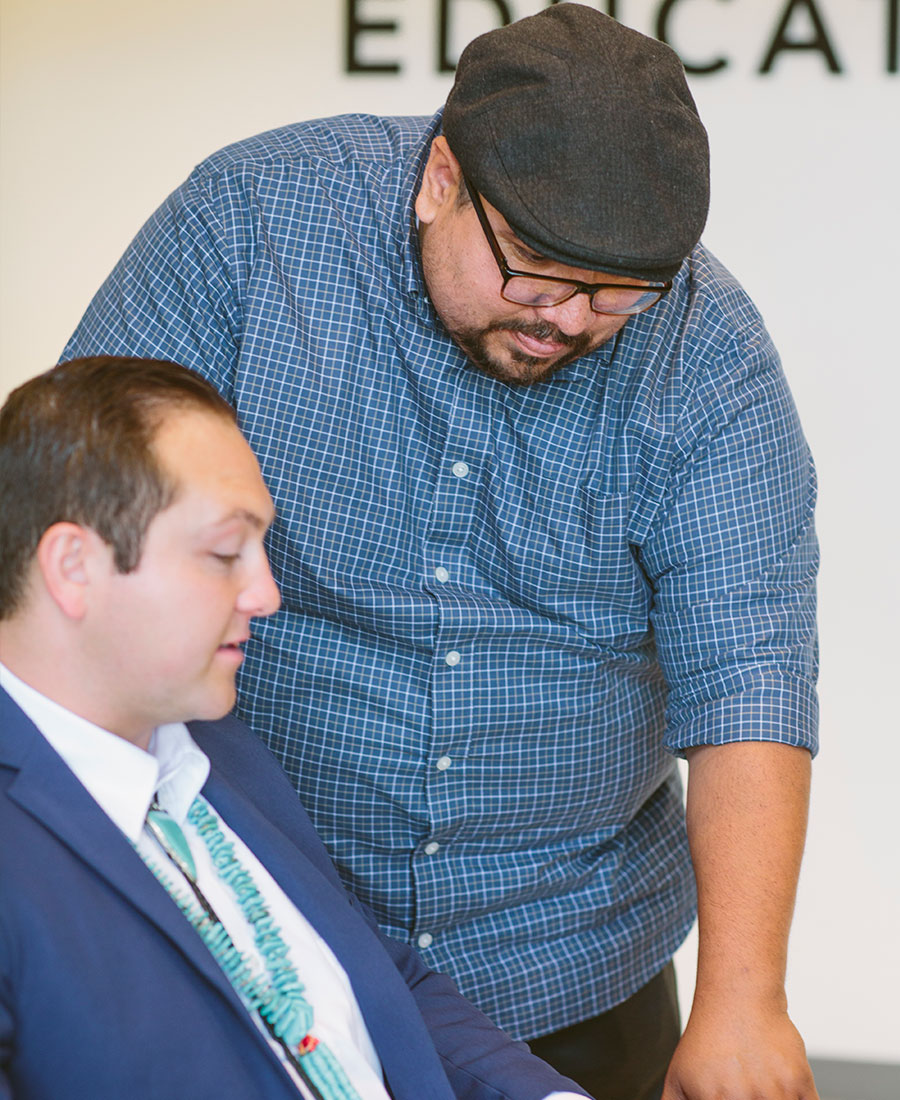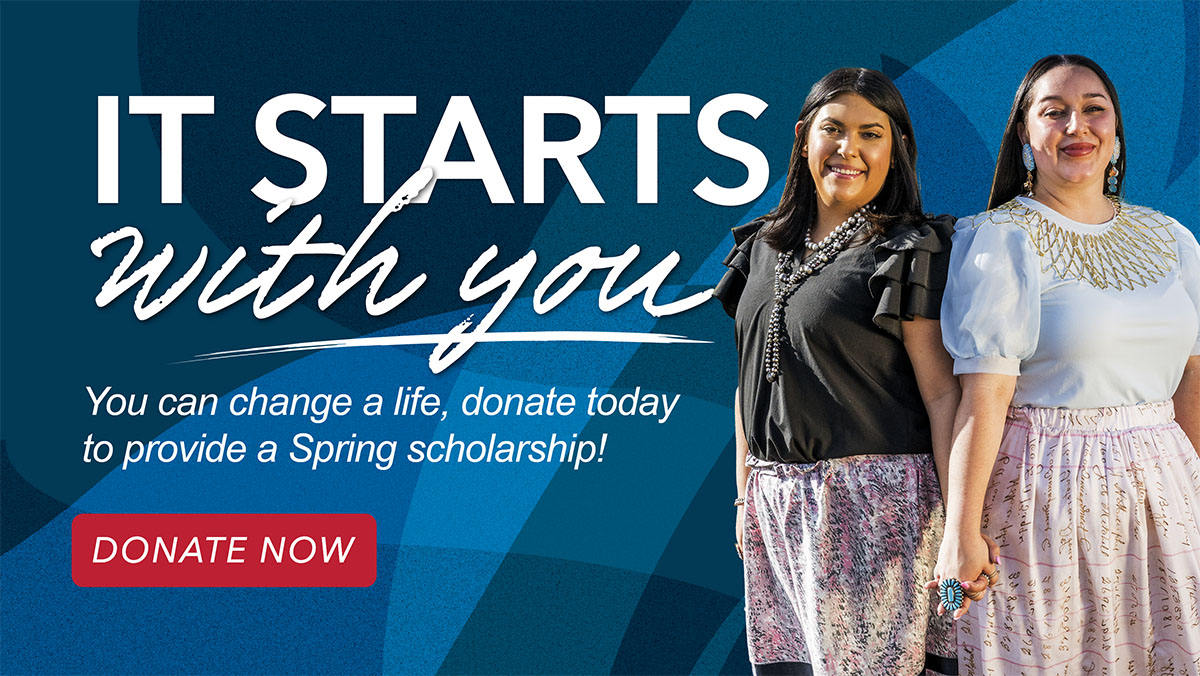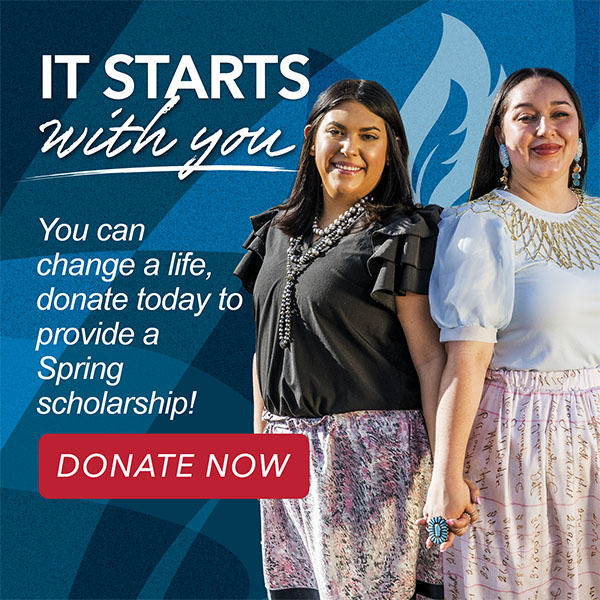Know More
Read more about different Native American issues and interests
Circle of Hope
Our quarterly eNewsletter gives you a direct line to the latest news affecting Native students and communities – and how the American Indian College Fund, powered by your support, is showing up to meet each moment. From breaking policy threats to student success stories, we’ll keep you in the loop on what matters most.
Whether you’re new to the movement or a longtime supporter, reading our eNewsletter is one of the best ways to stay connected, informed, and inspired. Because the more we know, the stronger our advocacy becomes.
Check out recent issues now and see how your voice and support are making a difference.
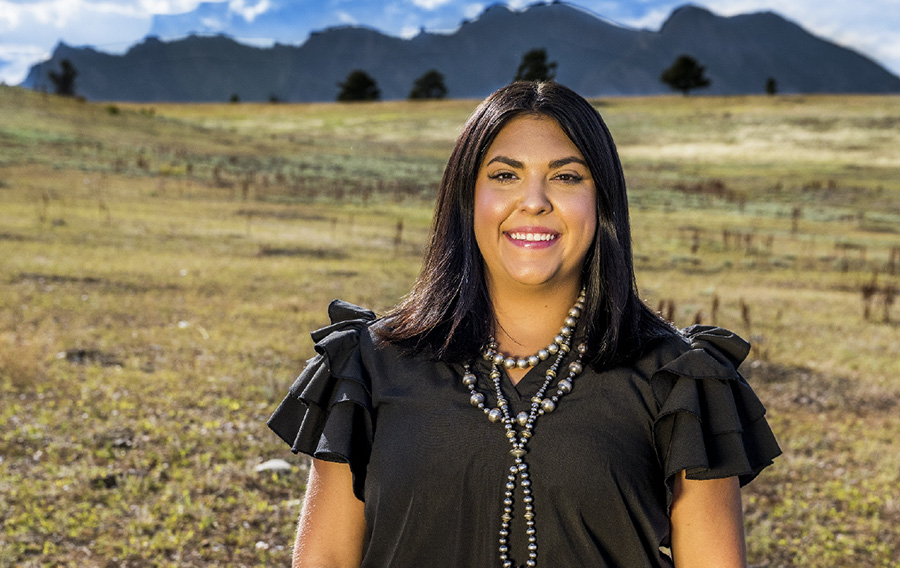
| Winter 2025 |
FEB 5, 2025
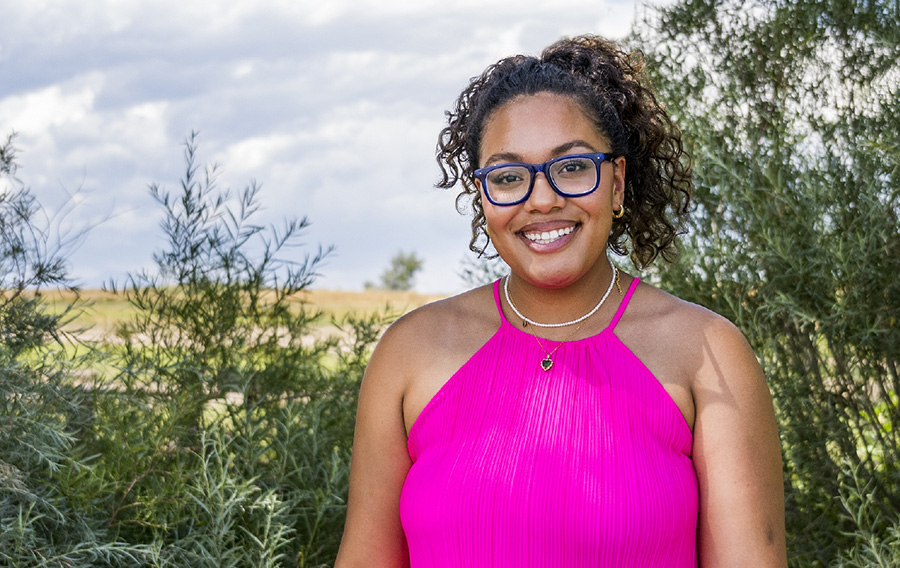
| Special Edition 2024 |
OCT 29, 2024
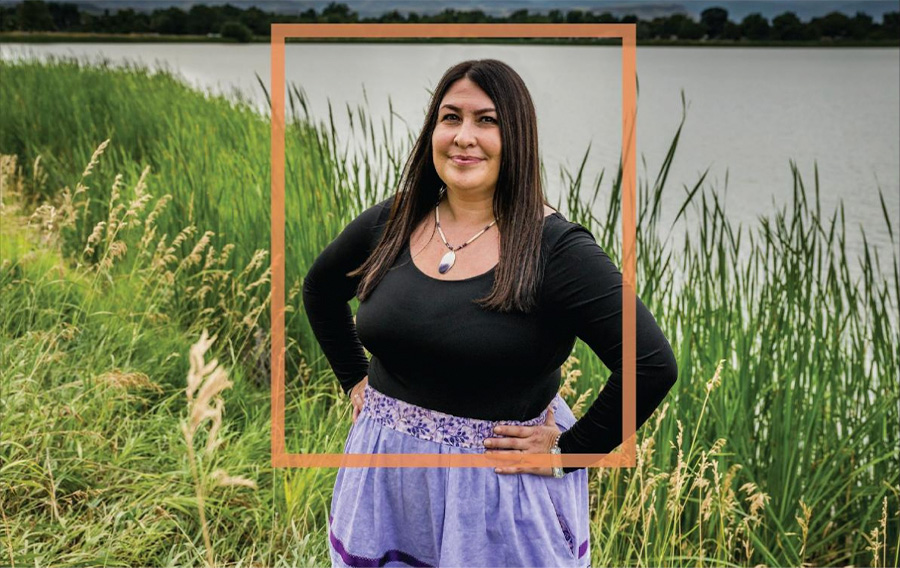
| Summer / Fall 2024 |
AUG 28, 2024
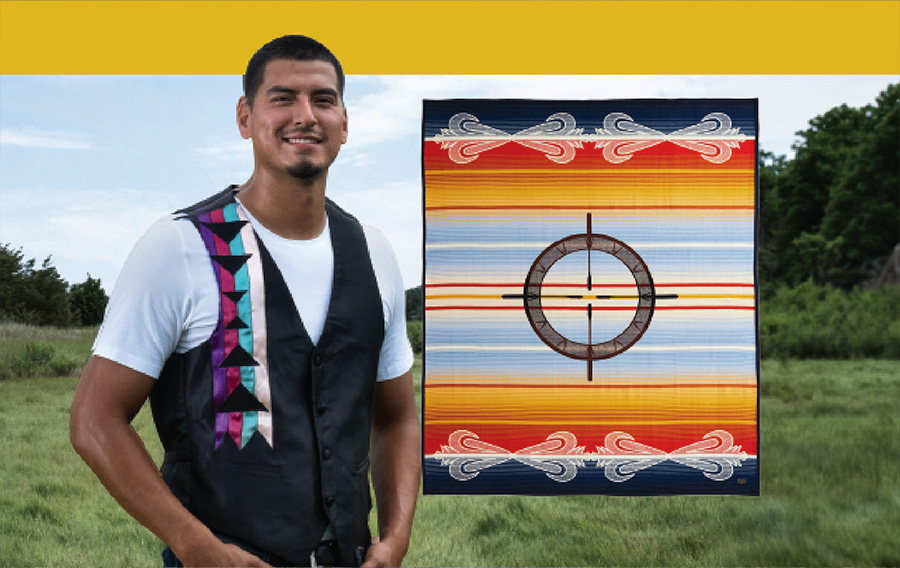
| Spring 2024 |
MAY 9, 2024
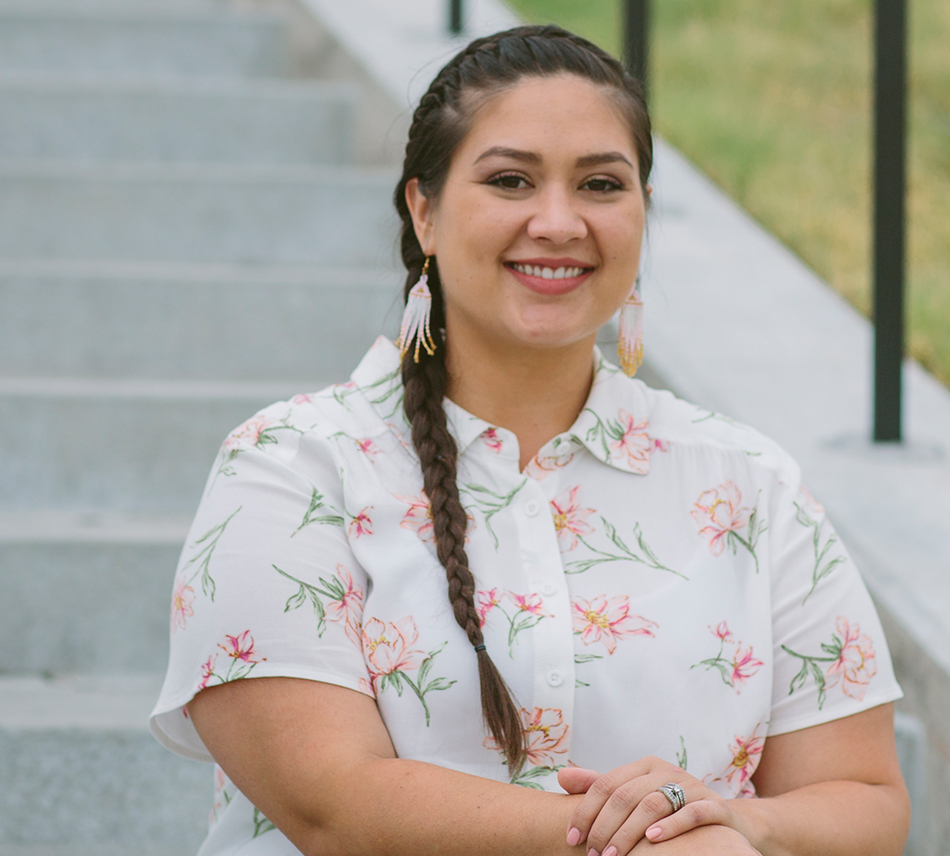
Indigenous People’s Day and the Shift from Columbus Day
Indigenous Peoples' Day: A Step Towards Visibility
In this insightful blog piece by Cheryl Crazy Bull, President and CEO of the American Indian College Fund, she talks about why replacing Columbus Day with Indigenous Peoples’ Day is an important step towards building equity and visibility for Indigenous communities.
Rethinking How We Celebrate American History—Indigenous Peoples’ Day
This article shares the importance of celebrating the history, culture, and experiences of Native peoples. It discusses why it is vital to teach accurate and complete narratives about the history of Indigenous peoples in America and how the movement to replace Columbus Day with Indigenous Peoples’ Day is gaining momentum.
Everything You Need to Know About Indigenous Peoples' Day
This short article examines a brief history of Indigenous Peoples’ Day, how it is different from Columbus Day, and why more advocates are standing in support of replacing Columbus Day with Indigenous Peoples’ Day.
Thanksgiving and Native American Heritage Month
Celebrate Native American Heritage Month
The Thanksgiving Tale We Tell Is a Harmful Lie.
In this article Chef Sean Sherman shares the true history of Thanksgiving and how his family lived through genocide, years of assimilation efforts, and boarding schools. He also shares how he has changed the way he celebrates the day while honoring the history of his ancestors and promoting deeper understanding of the land we stand on.
What Does Thanksgiving Mean to Native Americans?
In this article the writer discusses how generations of people have been taught one-sided history regarding Thanksgiving and what it really means to Native Americans. It also brings to light how there is little coverage about Native American Heritage Month during the month of November.
Do American Indians celebrate Thanksgiving?
This article discusses how the Thanksgiving myth has caused harm to the cultural self-esteem of a generation of Native American peoples and how they make peace with a national holiday that is based on inaccurate stories of the encounter between Indigenous peoples and English settlers in 1621. The article also shares a true look at Thanksgiving and includes comments from Indigenous peoples.
Why Do Native People Disappear From Textbooks After the 1890s?
In this opinion column the writer talks about critical race theory and why it should be taught in K-12. The article sheds light on the many challenges that Native communities face and explains how critical race theory will help us examine the true American history and reality instead of the inaccurate stories that are taught as American history in classrooms.
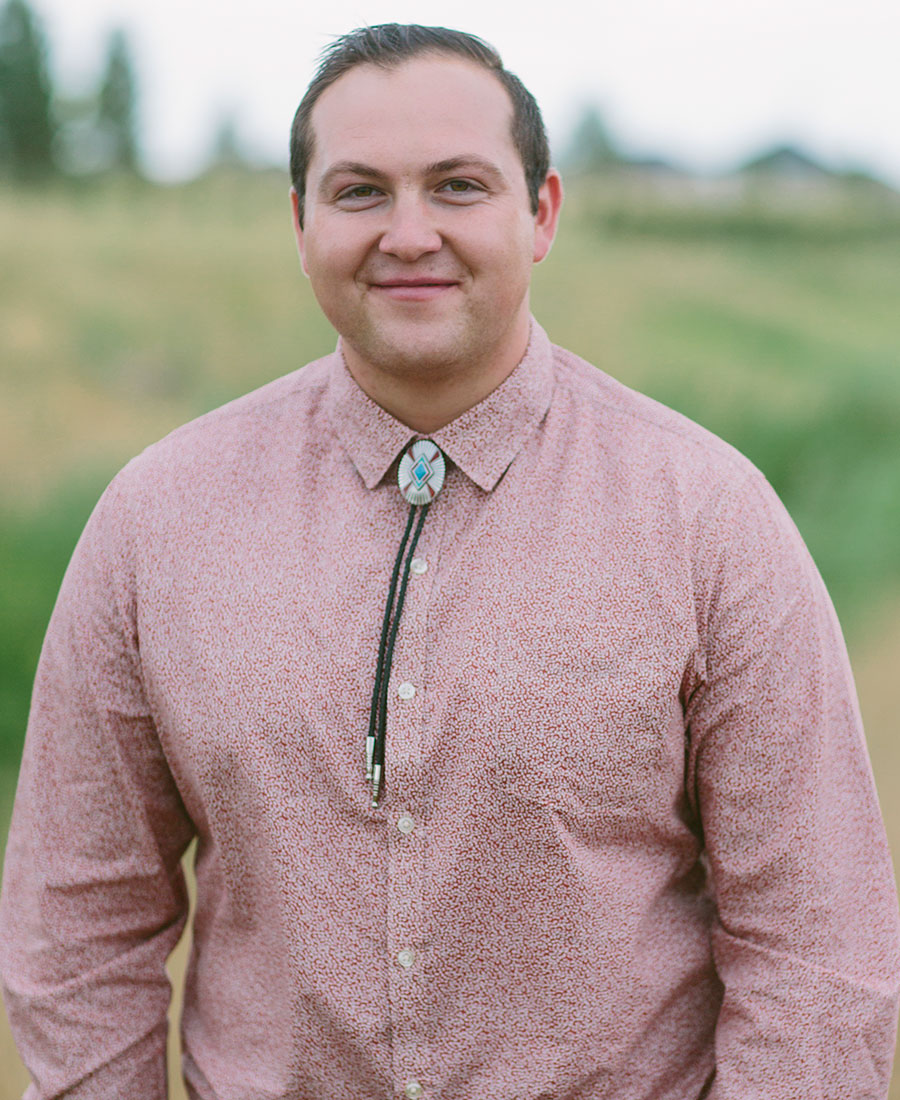
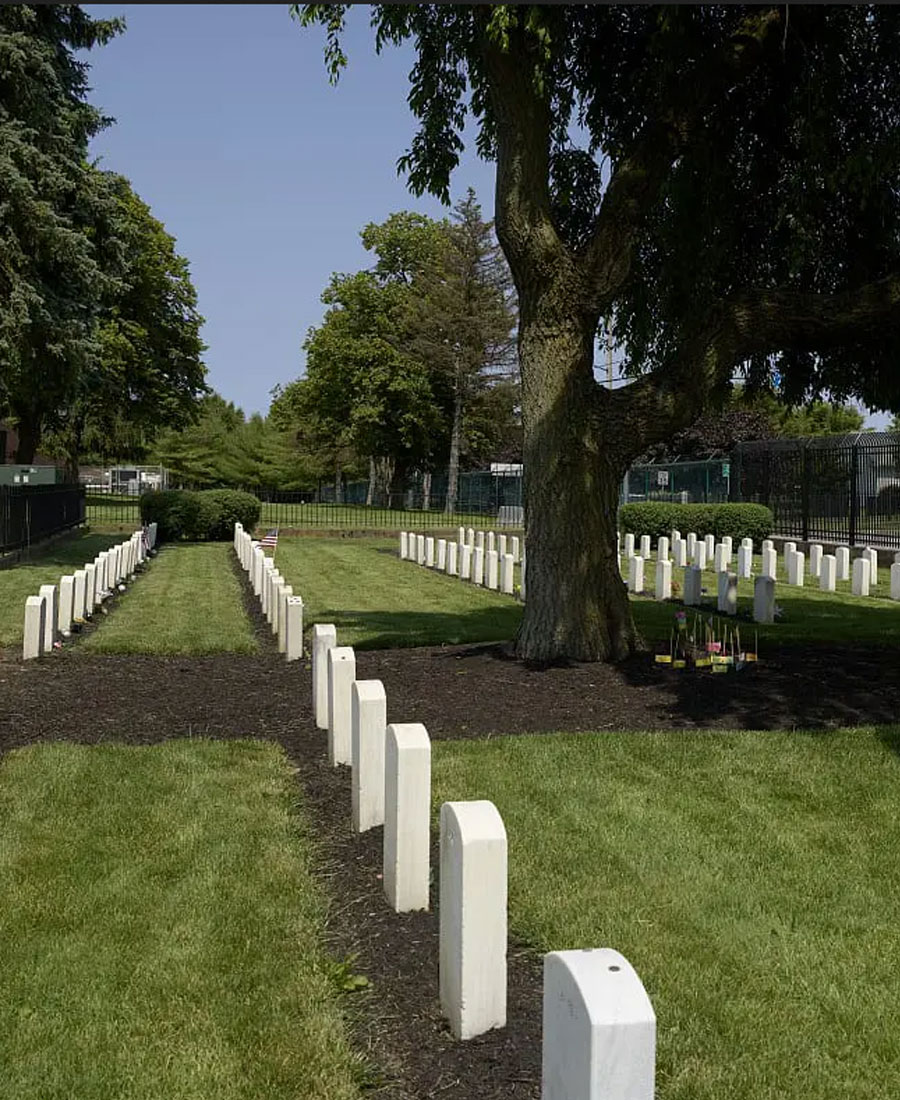
Boarding Schools
A century of trauma at U.S. boarding schools for Native American children
This article shares both factual insights into the federal Indian Boarding School era as well as personal stories from survivors and descendants of survivors. As we pursue a path of healing and recovery, educating ourselves about the history and legacy of this era is critical because the impacts are still widely felt by our people today.
Native American Boarding Schools
This hour-long video offers insight into the history and legacy of the federal Indian Boarding School system. In it we learn about the devastating impact of the goals of the era – to ‘kill the Indian, save the man.’ We also hear stories from survivors about the long road of healing and recovery we are still on today.
Pipeline
‘It’s cultural genocide’: inside the fight to stop a pipeline on tribal lands
In late 2015, the U.S. Army Corps of Engineers published a draft of its plan to approve the Dakota Access pipeline that subsequently led to one of the most widely publicized demonstrations from Native Americans fighting for their rights to preserve their lands and their history. People around the country stood with the Standing Rock Sioux Tribe as they fought to protect themselves, their lands, and their treaty rights. Writer Sheila Regan recounts how today that legacy continues as the Ojibwe people stand in opposition to the Line 3 pipeline in Minnesota.
Mascots
Journeys Matter—And So Do State Laws
Remnants of laws, policies and societal norms damaging to the progress of Native peoples are still widely prevalent today. In this personal blog post, Cheryl Crazy Bull, President and CEO of the College Fund, shares the privilege she felt witnessing the signing of three pivotal bills into law in Colorado: one allocating $10M to each of the Colorado Ute Tribes to enhance their broadband access; another granting in-state tuition at Colorado colleges and universities to the citizens of the 48 Tribes with homeland ties to Colorado; and the third piece of legislation banning Native mascots in Colorado schools.
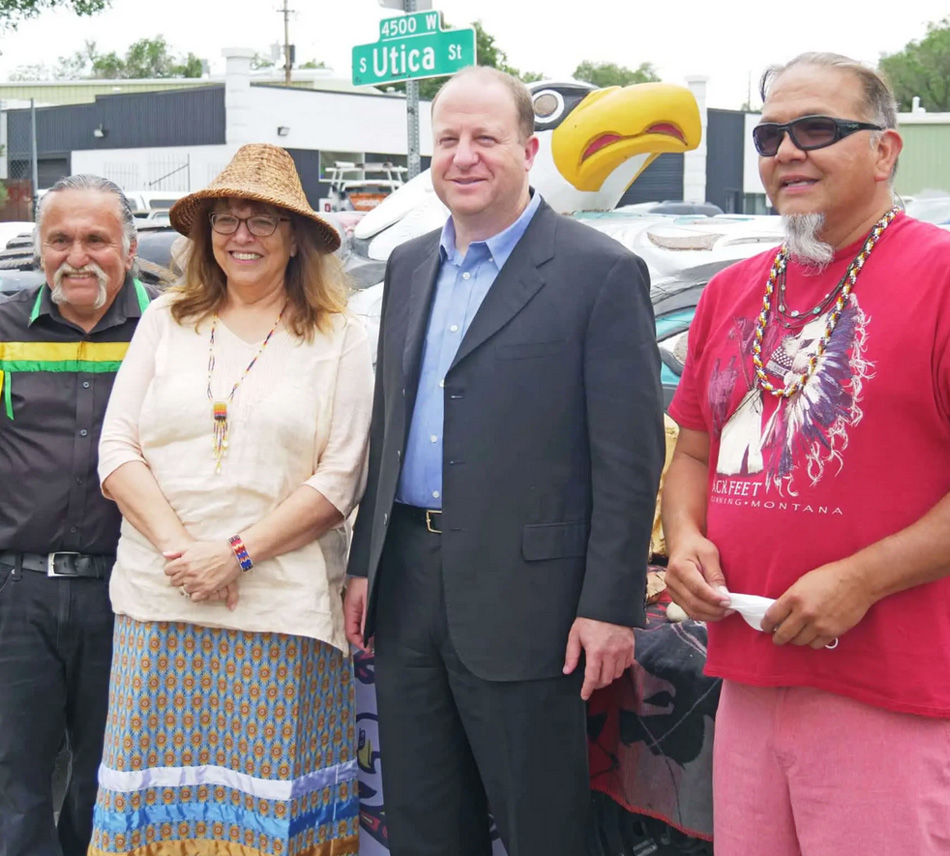
Shows/ Representation
Must-See Indigenous Movies and TV Shows That Are Streaming Now
Explore a collection of compelling films and TV shows available on platforms like CBC Gem, Netflix, Amazon Prime Video Canada, and Crave. These must-see titles bring much-needed representation to the screen and delve into essential topics, including residential schools, Indigenous tattooing, alcoholism and sobriety, sacred land protection, Native Americans in contemporary music, and unique perspectives on life, identity, and the natural world. Discover the power of storytelling through Indigenous voices and their impact on our understanding of these crucial subjects.
Indigenous People Review Native American Characters In Film & TV
This YouTube video hosted on BuzzFeed Video features reactions to different portrayals of Native Americans in film and TV, highlighting common stereotypes, opportunities for advancing public education, and the changes in representation over time. Their reviews mention inaccuracies in popular media representation, but also the importance of Native people telling Native stories, through acting, writing, and producing to bring authenticity and ownership to their narratives and personal experiences.
‘Reservation Dogs’ Marks a Breakthrough for Indigenous Representation Onscreen
In this review, Jason Asenap of High Country News covers Reservation Dogs which was featured in an August article in Smithsonian Magazine. Reservation Dogs was directed by Taika Waititi and Sterlin Harjo who developed a comedy about Native American teens in Oklahoma that stars four young Native actors. The show recently premiered at the Tribeca Film Festival and welcomes a new era in which Indigenous people are writing, directing, and starring in TV and film that bring modern Native stories to the forefront.
Here is the trailer for Reservation Dogs where you can get a sneak peek of the show.
Rutherford Falls Review: If You’re Not Watching This Comedy Series, You’re Missing Out
“The show Rutherford Falls starts with a car crash—one of many, we learn—into a statue in the middle of the street. The statue is that of Lawrence Rutherford, or Big Larry, the patriarch of the Rutherford family that gave the town its name 400 years ago. It sits in the exact spot where the Rutherfords, in 1638, ‘brokered a uniquely fair and honest deal’ with the Minishonka, the fictional Native tribe that was there first. Despite the statue’s being a proven safety hazard, Big Larry still stands where it is simply because ‘it’s always been there.’ It’s the push to have it moved that starts a ripple effect in a town that has yet to come to terms with itself…There’s the low hum of a painful history throughout the deeply funny 10-episode first season, and yet Rutherford Falls isn’t heavy-handed in its approach. It trusts viewers enough to ‘get it’ and to see the themes of racism and privilege without ever explicitly naming it.” Check out this review by Ramou Sarr which includes the Rutherford Falls trailer.
Molly of Denali
Molly of Denali is an animated television show that follows the adventures of Molly, a 10-year old Alaska Native living in Denali, Alaska. This website, supplemental to the show, includes games, short videos, activities and audio to entertain and educate your children. Molly Of Denali is produced by GBH Kids and Atomic Cartoons in association with CBC Kids. It is provided by a Ready To Learn Grant from the Department of Education; the Corporation for Public Broadcasting; and by public television viewers.
Explore Native American Recipes
I love native food cookbook
This cookbook was made possible by the Tribal Public Health Conference (TPHC) which hosted their Indigenous Chef series featuring dynamic, interactive virtual cooking demonstrations by Mariah Gladstone, Jason Champagne, and Crystal Wahpepah. The TPHC embraces collaborative frameworks to wholly address health disparities, policy, economic burdens, and social inequity. Their cookbook I Love Native Food features nine Native recipes, including breakfast, lunch, dinner, and teas, that you can try cooking yourself this fall season!
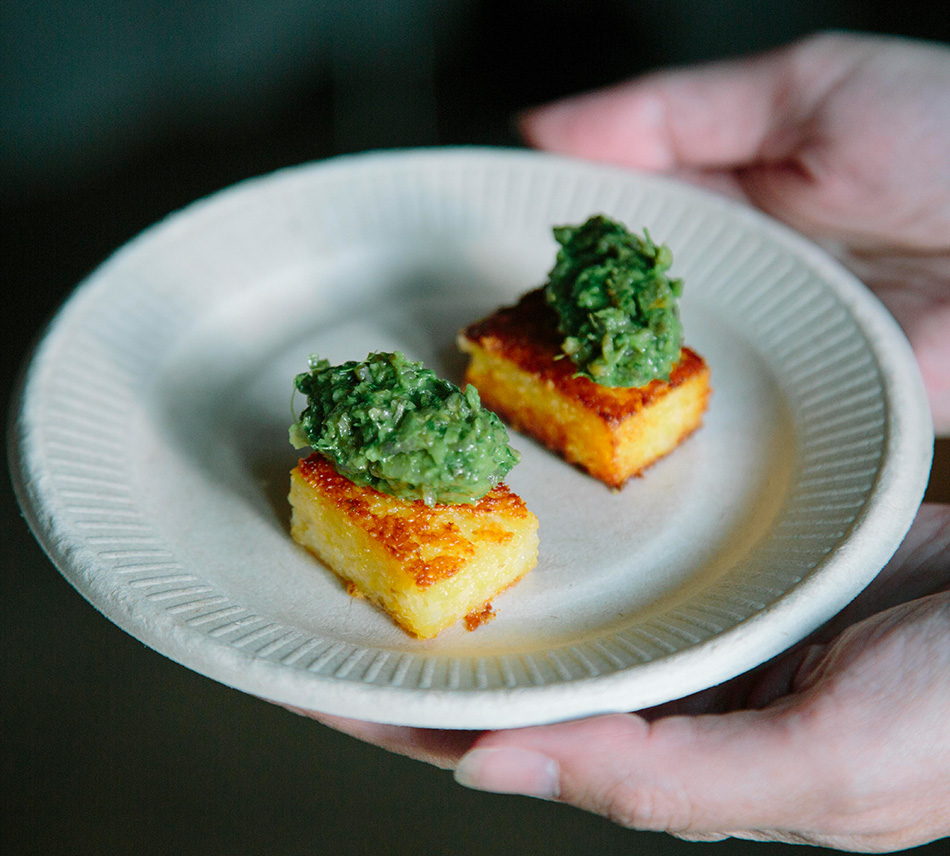
Podcasts
All My Relations Podcast
All My Relations is a podcast that explores what it means to be a Native person in 2021 and all its complexities. In each episode, hosts Matika Wilbur (Tulalip and Swinomish) and Adrienne Keene (Cherokee Nation), delve into a different topic facing Native peoples today, bringing in guests from all over Indian Country to offer perspectives and stories. Adrienne and Matika are a team of Native hosts who care about how Native peoples are represented in mainstream media, with two decades of experience working in and with Native communities and writing and speaking about issues of representation.
Native America Calling
Native America Calling is a live call-in program linking public radio stations, the Internet and listeners together in a thought-provoking national conversation about issues specific to Native communities. Each program engages noted guests and experts with callers throughout the United States and is designed to improve the quality of life for Native Americans. Native America Calling is heard on nearly 70 public, community and tribal radio stations in the United States and in Canada. The program is a production of Koahnic Broadcast Corporation, a Native-operated media center in Anchorage, Alaska.
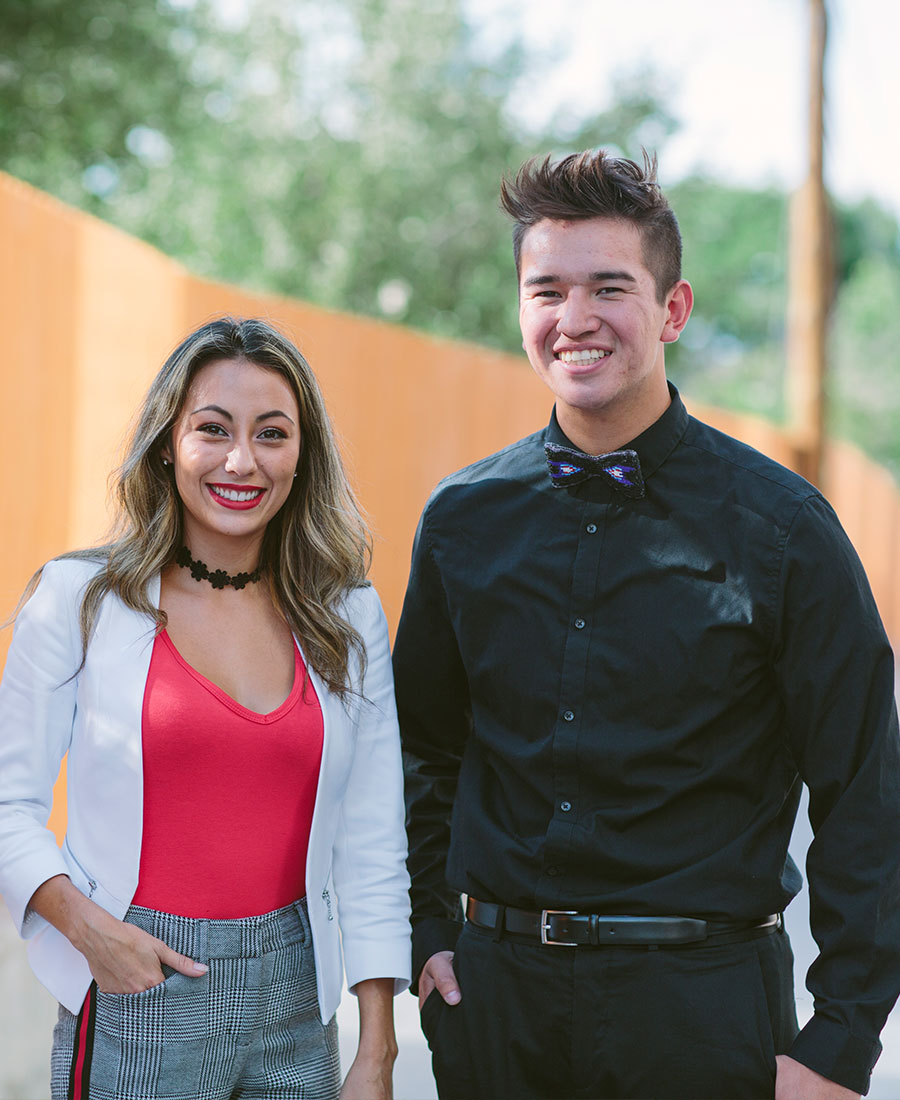
NDN Collective landback campaign
The NDN Collective LANDBACK Campaign is designed to bring insight as to what can take place when a Native American’s relationship to the land is restored. The campaign offers information about the LANDBACK movement within the context of the global movement and provides resources to retore Indigenous lands to Indigenous hands. It also imparts political education and the struggles of LANDBACK on an international level.
Books
Birchbark Books Indigenous Collection
Birchbark Books offers a wide selection of topics, all written by Native American authors. From A-Z, this collection includes topics like Indigenous Studies, Memoirs and Biographies, Oral History, Politics/Justice, Ceremony, Culture and Tradition, History, Crafts, Indigenous Language Reference, and many more.
‘Firekeeper’s Daughter’ is a debut YA novel and the Obamas’ pick for a Netflix series | Book review
This article reviews the book Firekeeper’s Daughter, written by Angeline Boulley, an enrolled member of the Sault Ste. Marie Tribe of Chippewa Indians. Boulley brings to light experiences through the eyes of the main character, Native American Daunis Fontaine, that most Americans never see. She engages readers with the Anishinaabe language and culture and immerses women in strong, powerful roles as tribal leaders, healers, judges, and herbalists.
February’s Book Club Pick: ‘Killers of the Flower Moon,’ by David Grann
This non-fiction book by David Grann is on the New York Times Bestseller List and is a National Book Award Finalist. It speaks of the Osage Peoples in a way that is riveting, enlightening and heartbreaking.
Custer Died For Your Sins, tributes from Indian Country
Vine Deloria, Jr.’s Custer Died for Your Sins is a book that one will want to read and reread again. Vine speaks to serious events from his distinctive point of view, with forthrightness and humor, while expressing his dissatisfactions with American policies. Topics of discussion include social scientists, U.S. race relations, Christian churches, and federal bureaucracies.
Pithy And Pointed 'There There' Puts Native American Voices Front And Center
Author Tommy Orange, an enrolled member of the Cheyenne and Arapaho Tribes of Oklahoma, has won many accolades such as being on the New York Times 10 Best Books of the Year. There, There is set in Oakland, California and is composed of several stories including many Native and mixed-race characters, all of them ultimately coming together in a climactic scene at a big powwow in the Oakland Coliseum.
When We Were Alone
This book by David A Robertson has won the 2017 Governor General’s Literary Award in the Young People’s Literature (Illustrated Books) category and was nominated for the TD Canadian’s Children’s Literature Award. This children’s picture book tells the story of young girl who is curious about why her grandmother wears Native American clothes, speaks Cree, and spends so much time with the family. Her grandmother teaches the little girl about her experiences at a residential school.
Additional Resources
Native Governance Center
The Native Governance Center provides guidance and resources for non-Indigenous allies to acknowledge Indigenous peoples and learn ways to better support Indigenous communities.
Illuminative Guide For allies
This tool was created through a collaborative initiative of Echo Hawk Consulting and First Nations Development Institute to help replace false and toxic narratives about Native Americans. In the three sections one can find information about the current harmful and false narratives about Native Americans; the second talks of how to build a new narrative that works with four themes, the narrative framework, and more; and the third gives thoughts on what you can do to help to change the narrative. The final section provides resources to help aide you on this journey.
Indian Country Today
Indian Country Today is an independent nonprofit, multimedia news enterprise. The digital platform covers the Indigenous world, including American Indians and Alaska Natives, providing news, entertainment, and opinion. Indian Country Today is also a public media broadcast carried via public television stations, including FNX: First Nations Experience and Arizona PBS World channel.
High Country News
High Country News is an independent, reader-supported nonprofit 501(c)3 media organization that covers the important issues and stories that define the Western United States. Their mission is to inform and inspire people to act on behalf of the West’s diverse natural and human communities. The print and online magazine has more than 36,000 subscribers, including policymakers, educators, public land managers, environmental professionals, outdoor enthusiasts and thousands more, and the High Country News website attracts nearly 400,000 sessions each month.
